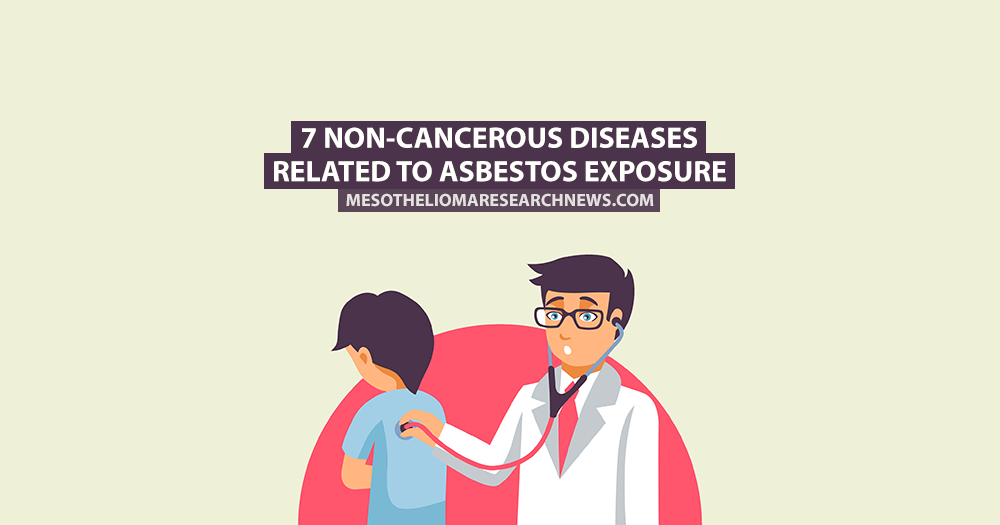Diffuse pleural thickening is a condition that causes lesions on the pleura, making it thicker. It occurs in five to 13.5 percent of people exposed to asbestos and can be diagnosed a year after exposure—but diagnosis is more commonly made 15 to 30 years later. Official diagnosis is confirmed when there is a thickening of 1/4 of the pleura and it causes a decrease in patients’ lung function. Diffuse pleural thickening is usually not life-threatening, but it can be fatal in cases when the pleura is so thick that airflow becomes compromised.
Wondering how asbestos can enter our bodies? Here are two ways you should know about.






Having been exposed to Asbestos and radiation while working for the Department of Energy, your site has done a good job of explaining my diagnosis of plureal disease with plate atelectasis, non, pneumoconiotic and calcified granulomas.
Thank you for the kind words Keith. We are sorry to hear about your diagnosis and wish the best for you.
I have been in a lot of pain for some time,If i bent forward even a little bit it was like someone rammed a sword in my back, the pain was terrible i just cant breath at all for about 20 sec then slowly i can breath a bit more but the pain stays for ages, then it all happens again even reaching for a spoon off the work top,Iv’e just been told i have pleural thickening from asbestos,and told to put a claim in for I,A,B with the DWP, I’m waiting to go for a face to face interview with a DWP doctor but how can he/she sit behind a desk and know more than the top consultants i have been seeing in hospitals, What a waste of NHS money !.